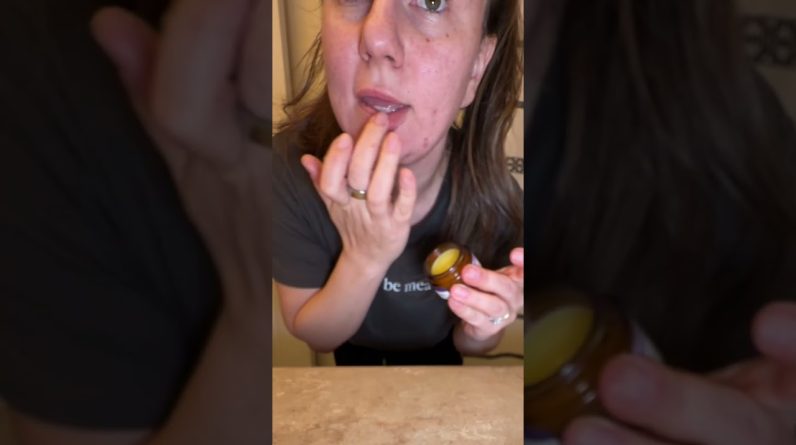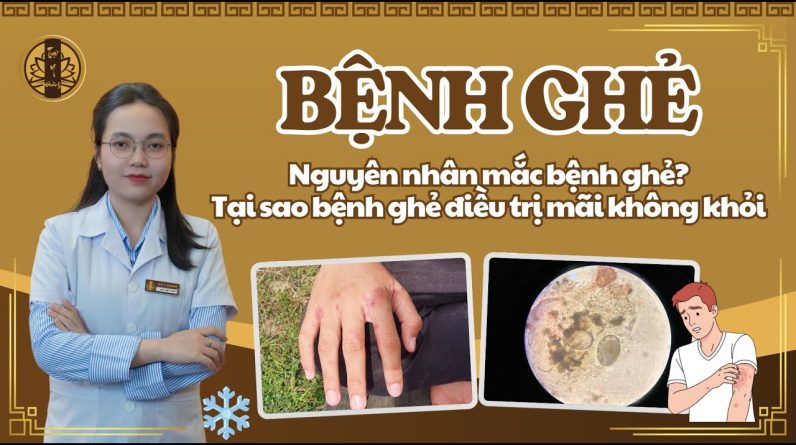🦶Do you have a blood blister or friction blister? Should you pop a blister? We review how to treat a blister on the foot, toe, or feet!🦶
👉– LINKS –👈
(With some links, we use affiliate links and may earn a commission. Check with your doctor before using any product!)
How to get rid of foot blisters:
Best Blister Pads: (Amazon)
Best Blister Balm: (Amazon)
Blister KT Tape: (Amazon)
Best Heel Blister Bandaids: (Amazon)
Best Shoe Pads for Blisters: (Amazon)
Bulk Blister Non-Stick Pads: (Amazon)
Foot blisters are common skin conditions due to friction or rubbing on the feet. They are characterized by small pockets of fluid-filled sacs that form on the outer layer of the skin. Blisters typically develop as a protective response of the body to prevent further damage to the underlying layers of skin.
Causes:
Friction: The most common cause of foot blisters is repetitive friction or rubbing against the skin. This can happen due to ill-fitting shoes, wearing new or tight footwear, or engaging in repetitive activities, such as running, hiking, or playing sports.
Moisture: Excessive moisture or sweat on the feet can soften the skin and make it more prone to blistering.
Heat: Exposure to excessive heat, such as walking on hot surfaces, can cause burns that lead to blisters.
Allergies or irritants: Certain substances like chemicals, detergents, or specific materials in socks or shoes can irritate the skin and trigger blister formation.
Medical conditions: Certain conditions like dermatitis, eczema, or autoimmune disorders can make the skin more susceptible to blisters.
Symptoms:
Tiny, fluid-filled sacs on the surface of the skin.
Redness or inflammation around the blister.
Tenderness or pain.
Itching or a burning sensation.
Discomfort while walking or wearing shoes.
Treatment and Prevention:
Leave it intact: If the blister is small and not causing discomfort, it’s best to leave it intact. The fluid inside acts as a cushion and protects the underlying skin.
Protect the blister: Cover it with a sterile adhesive bandage or moleskin to prevent further friction and protect it from bacteria.
Proper footwear: Wear well-fitting, comfortable shoes that provide adequate support and cushioning.
Moisture control: Keep your feet clean and dry. Use moisture-wicking socks and consider applying talcum powder or antiperspirant to reduce excessive sweating.
Lubrication: Apply petroleum jelly or a lubricating balm to areas prone to blistering to reduce friction.
Blister drainage: If a blister is large, painful, or likely to rupture, it may be necessary to drain it. Clean the area, sterilize a needle with rubbing alcohol, puncture the blister at its edge, and gently press out the fluid. Apply an antiseptic ointment and cover with a bandage.
Avoid popping or peeling: Resist the temptation to pop or peel a blister, as it can increase the risk of infection.
Medical attention: Seek medical help if the blister is severe, shows signs of infection (increased redness, warmth, swelling, or pus), or if you have diabetes or a compromised immune system.
Remember, prevention is key when it comes to foot blisters. Taking care of your feet, wearing appropriate footwear, and addressing friction or moisture-related issues can significantly reduce the chances of developing blisters.
👉 Shoes 👈
Best Shoes:
Best Products:
📢Come See Us in Detroit, Michigan, Berkley Michigan; Bloomfield Hills, Michigan, Lansing Michigan; and Grand Blanc Michigan📢
If you are in Michigan, consider seeing us at our clinic:
DISCLAIMER:
Dr. Tomasz Biernacki received his Doctor of Podiatric Medicine degree from Kent State College of Podiatric Medicine in 2013; he completed his Surgical Reconstructive Foot Surgery & Podiatric Medicine Residency in 2017; he completed 2 separate traveling Fellowships in Diabetic Surgery, Skin Grafting & Nerve Surgery. He is double board certified in Podiatric Medicine and Foot & Ankle Surgery separately. His use of “doctor” or “Dr.” about himself solely refers to that degree. Dr. Biernacki is a licensed podiatrist in Michigan. This video is for general informational purposes only. It should not be used to self-diagnose and is not a substitute for a medical exam, cure, treatment, diagnosis, prescription, or recommendation. It does not create a doctor-patient relationship between Dr. Biernacki and you. It would be best to not change your health regimen or diet before consulting a physician and obtaining a medical exam, diagnosis, and recommendation. Always seek the advice of a physician or other qualified health provider with any questions regarding a medical condition.
source




![Are you craving some exfoliating magic? 🪄 [Do this for dry, eczema skin] 4 1767260696 maxresdefault](https://eczemanews.com/wp-content/uploads/2026/01/1767260696_maxresdefault-796x445.jpg)



